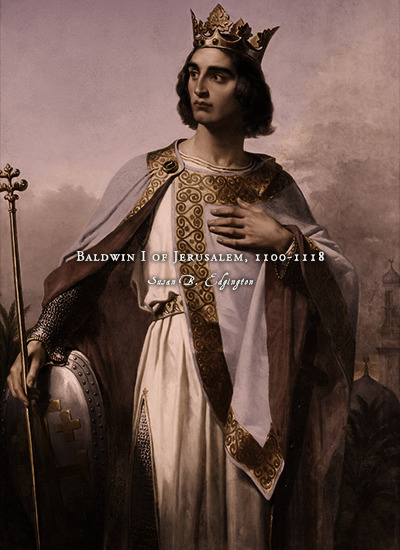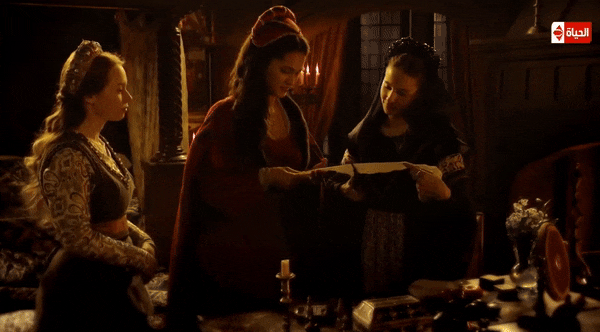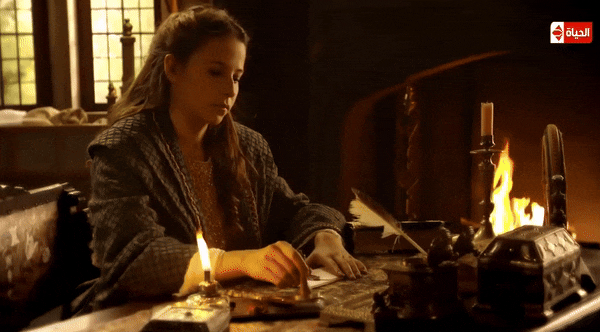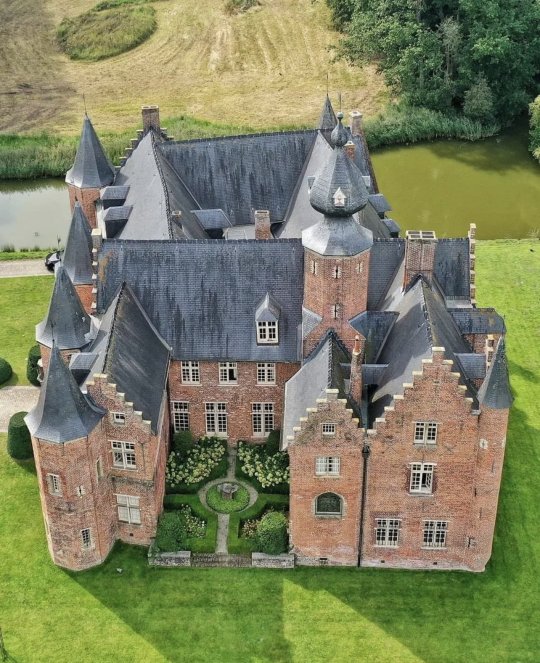#house of flanders
Text

Crossing the Bosphorus in May 1097 by Godefroy de Bouillon. By Emile Signol.
#crusades#godfrey of boullion#kingdom of heaven#crusaders#outremer#first crusade#Advocate of the Holy Sepulchre#Duke of Lower Lorraine#in armour#house of flanders#Godefroy de Bouillon#Avoué du Saint-Sépulcre#Duc de Basse-Lotharingie#maison de flandre#première croisade#royaume de jérusalem
12 notes
·
View notes
Text






Favorite History Books || Godfrey of Bouillon: Duke of Lower Lotharingia, Ruler of Latin Jerusalem, c. 1060-1100 by Simon John ★★★★☆
The warrior whose statue dominates the Place Royale, then, is Godfrey of Bouillon. By any estimation, Godfrey was a significant historical figure. He was born around 1060, and was the second son of the count of Boulogne, an important figure in northern France and the surrounding regions. Through his maternal ancestry, Godfrey was a member of a prominent dynasty in Lotharingia, the westernmost region of the Western Empire. During his career, he attained the office of duke of Lower Lotharingia, in which capacity he was active in regional politics. In 1096, he set out at the head of a large army on the First Crusade, and, after its forces captured Jerusalem in July 1099, he was selected as the ruler of the incipient Latin polity centred upon the Holy City. Godfrey ruled in Jerusalem for a year, before dying after a brief illness on 18 July 1100.
Godfrey came to enjoy rich fame after his death. In the Middle Ages, he was enshrined as the hero of the First Crusade, and his name became shorthand for the entire crusading ‘movement’. He also came to be regarded as an icon of chivalry, and was often held up as an epitome of aristocratic values and martial virtues. His reputation continued to develop in the early modern and modern periods. Crucially, however, the various portrayals of Godfrey produced between his death and the present day are generally more revealing of the social, cultural, and political contexts in which those portrayals were created than they are of Godfrey’s own career and epoch. The aforementioned statue of Godfrey in Brussels, for example, sheds more light on the preoccupations of mid–nineteenth-century Belgium than it does on the life of the historical figure whom the statue purports to depict. The ‘historical’ Godfrey and the later traditions which surround him are enmeshed so tightly that it is not a straightforward task to unravel them. Even the most rigorous and influential modern historians have sometimes discussed Godfrey’s life in the light of his later status as a hero of the First Crusade and paragon of chivalry. As a result, many aspects of Godfrey’s life have been misconstrued in the past few generations of scholarship.
#historyedit#litedit#godfrey of bouillon#belgian history#french history#european history#asian history#medieval#house of flanders#history#history books#nanshe's graphics
13 notes
·
View notes
Text




modern gambit has two concerns and those are 1.) wife and 2.) cats. I love it
#razpost#marvel#gambit#remy lebeau#i know some people complain about flanderization in comics and it's definitely always a shame when characters get flattened but in this cas#i genuinely feel like that is all he wants out of life. he'd be fine if he got to stay at home and simply exist next to rogue with his cats#and occasionally go punch some people or break into someone's house. i feel like that's all he needs really
965 notes
·
View notes
Text

Poeke Castle, Poeke, Aalter, East Flanders, Belgium
#art#design#architecture#history#luxury lifestyle#style#luxury house#castle#luxury home#moated castle#belgium#east flander#poeke castle#poeke#aalter
889 notes
·
View notes
Text
0 notes
Text













Flanders House, Belgium,
Architecture firm: SAOTA,
Interior design: Pieter Laureys,
Landscape: Wirtz International,
Photography: Adam Letch
#art#design#architecture#interiors#luxury house#luxury home#luxury lifestyle#belgium#flanders#saota#pieter laureys#wirtz#poolhouse#countryhouse#landscaping#gardens
110 notes
·
View notes
Text






Close
#mine#screens#close#close movie#leo#eden dambrine#lukas dohnt#lgbtq#boys#toxic masculinity#cinema#art house#movie#movies#film#films#queer#leo and remi#remi and leo#léo#léo and rémi#rémi and léo#french movie#flanders#gustav de waele#Émilie Dequenne
37 notes
·
View notes
Text
A stupid headcanon I have (that’s like 100% copium) is that pim is a retail veteran and was assistant manager somewhere at like 24 and ran that shit like the navy until he finally just couldn’t take it anymore and went nuclear on someone
#charlie talks#a job like that would def take advantage of his over achieving ass#I also headcanon that he has a social work degree that he specifically went back to school for to help people :)#he sought out the smiling friends job unlike any of the coworkers#smiling friends#pim is Ned Flanders core and my favorite ned moment is when he’s cursing everyone out after the destroyed his house#I want to see the nice man yell because I can’t do it
52 notes
·
View notes
Text

i'd sell my soul for a formula one racing car!
ko-fi | instagram
#f1#formula 1#the simpsons#ned flanders#fan art#procreate#artists on tumblr#tree house of horror#mine: art#keeley.txt
30 notes
·
View notes
Text
Doel

Doel -2019 ( Ghost Village ) in Belgium
14 notes
·
View notes
Photo










House Pama, Nazareth, District of Ghent, East Flander, Belgium,
Architecture and interior: MIASS Architecture,
Interior and furniture: Stephanie Van Caeneghem
#art#design#country house#flanders#belgium#pama house#ghent#nazareth#miass#stephanie van caeneghem#luxurylifestyle#luxuryhouses#luxuryhomes#minimalism
137 notes
·
View notes
Text

Equestrian portrait of Archduke Albert of Austria (1559-1621). By Peter Paul Rubens.
#peter paul rubens#haus habsburg#erzherzog#archduke albert of austria#house of habsburg#the netherlands#count of flanders#duke of brabant#equestrian portrait#albert of austria#albrecht vii of austria#in armour
16 notes
·
View notes
Text






Favorite History Books || Baldwin I of Jerusalem, 1100–1118 by Susan B. Edgington ★★★★☆
Baldwin of Boulogne was a crusader who became the first Latin count of Edessa and then the first Latin king of Jerusalem, a realm that he ruled for almost eighteen years. These would be outstanding achievements for any man, but for someone who was the youngest of three brothers and whose prospects at birth and as a youth were correspondingly modest, they suggest extraordinary strength of character as well as a modicum of good fortune. The balance between these assets will emerge from an investigation of his life and rule. Inevitably, however, the enquiry must begin with Baldwin’s background and early years, a period for which the documentary sources are sparse and sometimes contradictory. A fair amount of what follows, therefore, is necessarily conjectural. …
King Baldwin I’s reign started as it began, with a succession dispute. Nevertheless, the intervening period, something short of eighteen years, had ensured that there was a kingdom to dispute and to inherit. Baldwin’s reputation has suffered by comparison with his brother Godfrey, who was remembered as a valiant crusader and a saintly character for centuries afterwards. Baldwin’s crusade had lacked the necessary consummation, for he was absent from the siege of Jerusalem in 1099. Yet despite Godfrey’s virtues, it was fortunate for Jerusalem that he died after only a year of ruling the infant kingdom of Jerusalem. His successor was singleminded in appropriating the kingship because he knew it was needed to defend and expand the realm, and he was effective in organising its limited resources to the same end. Insofar as his character emerges from the often conflicting accounts of his life and reign, he was neither a ‘nice’ man nor a good husband, but this is beside the point. Hans Eberhard Mayer observed, ‘C’était un homme politique avisé, à l’âme calculatrice, sans scrupules, violent, poursuivant froidement ses intérêts et qui dirigeait ses vassaux d’une main de fer.’ These were precisely the ruthless qualities needed to establish and preserve the kingdom of Jerusalem.
Over a century ago, W. B. Stevenson summed up Baldwin’s achievements in a paragraph that deserves to be better known: in brief, Stevenson recognised Baldwin’s effective use of his scant resources, his personal courage and military expertise, his establishing a stable government. In addition, ‘it was his determination and, indeed, his high-handed treatment of opponents that shattered the project of an ecclesiastical or papal state in Palestine’. It is doubtful that such a state could have survived for any length of time at all. It is impossible to say what drove Baldwin, whether personal ambition, dynastic loyalty or even crusading piety, but for the Latin kingdom of Jerusalem he was indubitably the right man at the right time.
#litedit#historyedit#baldwin i of jerusalem#french history#medieval#european history#asian history#history#history books#nanshe's graphics#house of flanders
4 notes
·
View notes
Text
Thread about Joanna of Castile: Part : 10 “A Storm of Jealousy: Juana and Philip's Turbulent Reunion"




By May 1504, Juana was in Burgundy. Juana’s reunion with Philip and the children was joyful.
But soon afterwards she suspected, or discovered, an affair between Philip and a noblewoman in her entourage:






“They say,” writes Martire, “that, her heart full of rage, her face vomiting fames, her teeth clenched, she rained blows on one of her ladies, whom she suspected of being the lover, and ordered that they cut her blond hair, so pleasing to Philip …”






Philip’s response was equally furious. He had “thrown himself” on his wife and publicly insulted her.




Sensitive and obstinate, “Juana is heartbroken … and unwell …”.
Isabel “suffers much, astonished by the northerner’s violence.
Maximilian’s biographer, Wiesfecker, describes Juana’s response as:
"The symptom of a pathological, passionate, if not unfounded, Haßliebe, fomenting continual strife. "
Juana would have known for years about Philip's visits to the baigneries and his more casual relationships with women. However, this affair seemed to pose a direct challenge to her standing and dignity. Juana knew her faults and had tried to limit them. In 1500, after becoming princess, she had asked Isabel to send her an honest and prudent Spanish lady who:




“Knows how to advise her, and where she sees something out of order (‘deshordenado’) in her conduct could say so as servant and adviser but not as an equal because, even if the advice were good, if expressed in a disrespectful way it would create more anger in she to whom it was said than it would allow for correction.”
Sources: Fleming, G. B. (2018). Juana I: Legitimacy and Conflict in Sixteenth-Century Castile (1st ed. 2018 edition). Palgrave Macmillan.
Fox, J. (2012). Sister Queens: The Noble, Tragic Lives of Katherine of Aragon and Juana, Queen of Castile. Ballantine Books.
Gómez, M. A., Juan-Navarro, S., & Zatlin, P. (2008). Juana of Castile: History and Myth of the Mad Queen. Associated University Presse.
#joanna of castile#juana i of castile#juana la loca#philip the handsome#isabel#european history#spanish monarchy#spanish princess#infanta#irene escolar#raul merida#flanders#vlaanderen#Huis Habsburg#House of Valois-Burgundy#Filips I van Castilië#Philippe le Beau
16 notes
·
View notes
Text

Kasteel van Rumbeke, Rumbeke, Flanders, Belgium
#art#design#architecture#history#luxury lifestyle#style#luxury house#castle#luxury home#belgium#chateau#rumbeke castle#kasteel#kasteel van rumbeke#rumbeke#flanders
787 notes
·
View notes
Text
🔥 every time darius is shown to use his abomination form he is using it in a very deliberate and calculating way, and not because he is supposedly so angry/furious
meanwhile every time he shows real strong emotions, whether positive or negative, he is not in the transformed form (though his abomination powers are clearly important to him with how he uses them for affectionate gestures, etc).
and, imo, both times he is seemingly very outwardly furious - with Raine in ER and the kids in the ASiAS - he is playing the role, possibly playing up the real annoyances (because he is more often shown to be annoyed than angry in actual canon). and compare to how he reacts to other coven heads who are his real enemies: focused fighting with Vitimir, concern over Eber AND over failing to stop the spell in KT, and disdainful and stern expression in the finale. It's concern, hurt, or pettiness, annoyance rather than explosive anger.
EDIT: on the rewatch i think he was momentarily angry in ER (after he got dirt literally on his face), but imo, by the time he had transformed into his abomination form he was playing again.
[see more ramblings in the tags]
#darius deamonne#toh darius#the owl house#obviously there might be situations when he would transform out of anger - like fighting belos in an au#but it would take much more than what fanon prescribes imo#and i think being very deliberately in control of the abomination form (doesn't mean always but most times)#makes a more interesting take on the abomination magic being like his second nature while also being a science or art form he perfected#and i don't think it takes anything out of the supposed parallels with belos either since it doesn't need to be one-to-one comparison#and its not like he doesnt have little outbursts sometimes - just like most characters would get angry when someone flings dirt at them#or his impatience when eda doesnt understand that he is talking about her curse - but i see it as frustration and impatience and not anger#and i agree that when he was a teenager he would have more teenager-y reactions#and the way he had to hide or redirect his emotions during the coven head time is something worth of exploring too#but i dont agree with the way certain parts of fandom flanderize his emotions into this constant outbursting fury#when it is clearly not even to explore his character but to flanderize him solely for the sake of other characters
18 notes
·
View notes